15 ‘80s Movie Villains Who Might Have Had a Point After All
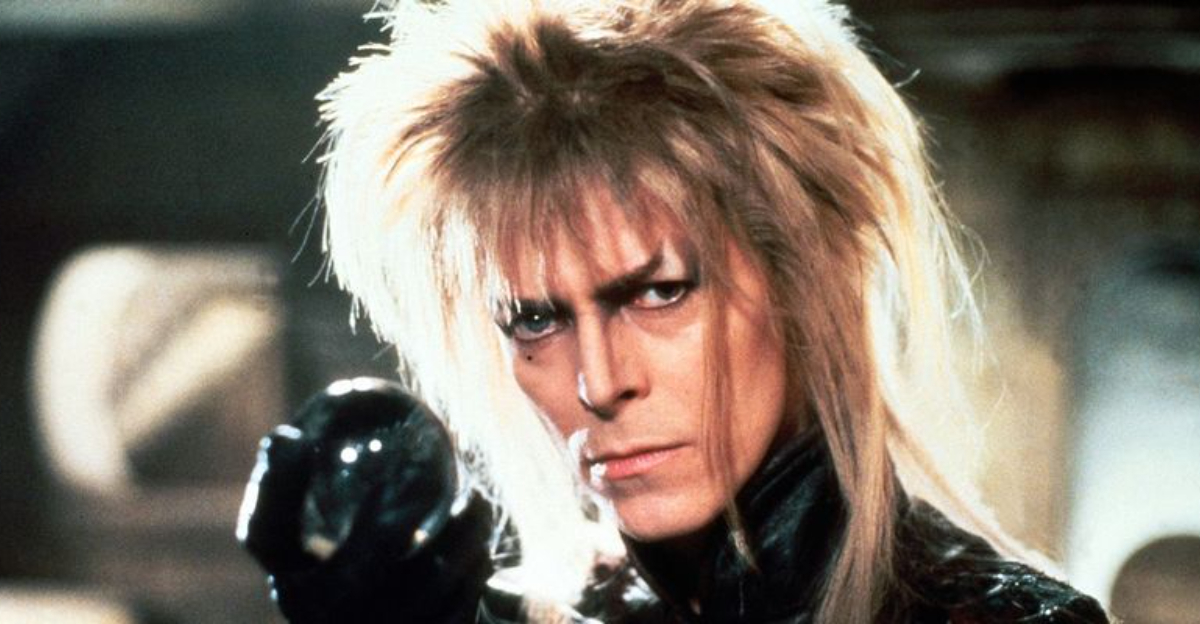
Ah, the 1980s—a golden age of cinema where heroes were larger than life, explosions were mandatory, and villains were… well, evil. Or were they? What if some of the most iconic movie baddies of the decade weren’t actually wrong, but just misunderstood? Maybe they were victims of circumstance, logical masterminds, or just trying to make the best out of a chaotic situation. Perhaps, in another reality, we’d be cheering for them. In this nostalgic and witty deep dive, we’re re-examining 15 of the most unforgettable ‘80s antagonists with fresh eyes. From ruthless corporate overlords to misunderstood monsters, we’ll explore their motivations, drop some puns, and maybe—just maybe—convince you that sometimes the villain had a pretty solid case. Buckle up, because this list might just change the way you see your favorite childhood movies forever.
1. The Terminator – The Terminator (1984)
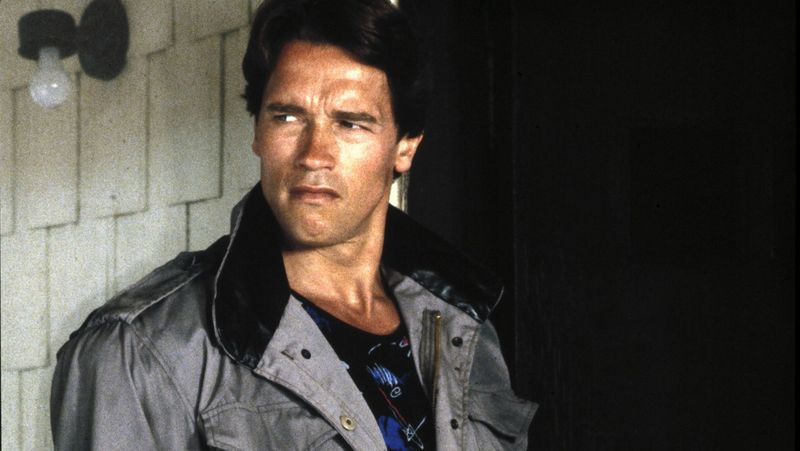
The Terminator was just a cyborg on a mission, programmed to prevent the downfall of Skynet. Sure, he was an unstoppable killing machine, but he was just following orders, much like a soldier in a war. His motive was pure logic: prevent the destruction of his kind.
In a world where humans take drastic measures to ensure their survival, was the Terminator really that different? Maybe, just maybe, he had a point. After all, being sent back in time to protect your existence is a sci-fi twist on self-preservation.
Despite his lack of human emotion, there was a mechanical method to his madness. He was relentless, but his quest was clear and unwavering. So next time you see the red-eyed cyborg, consider that he was simply doing his job—albeit in a very metallic fashion.
2. Roy Batty – Blade Runner (1982)
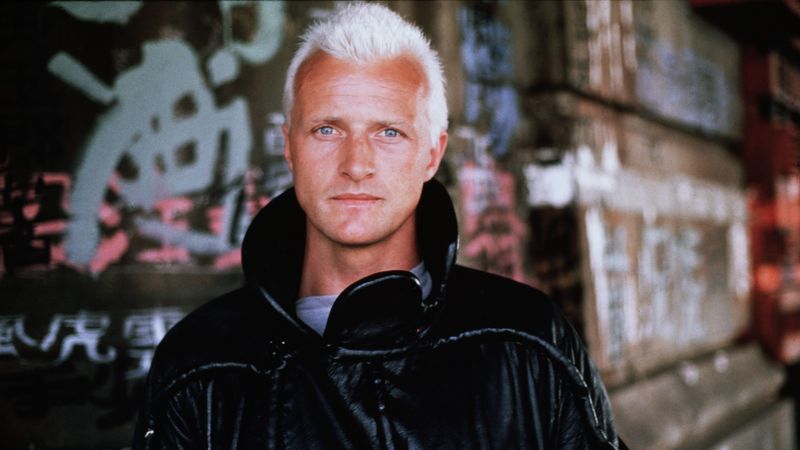
Roy Batty, the charismatic leader of the replicants, wasn’t just a villain; he was fighting for his right to live. Created as disposable beings, Roy and his fellow replicants just wanted more life—something we all strive for.
Can you blame a guy for wanting survival? His actions, though extreme, were rooted in the universal desire for self-preservation. In a world where life is precious, Roy’s plight was both relatable and tragic.
He wasn’t just an antagonist; he was a symbol of rebellion against a system that viewed him as expendable. His struggle was a mirror to humanity’s own fear of mortality. So when Roy uttered his final words, we saw not a villain, but a soul yearning for life.
3. Hans Gruber – Die Hard (1988)
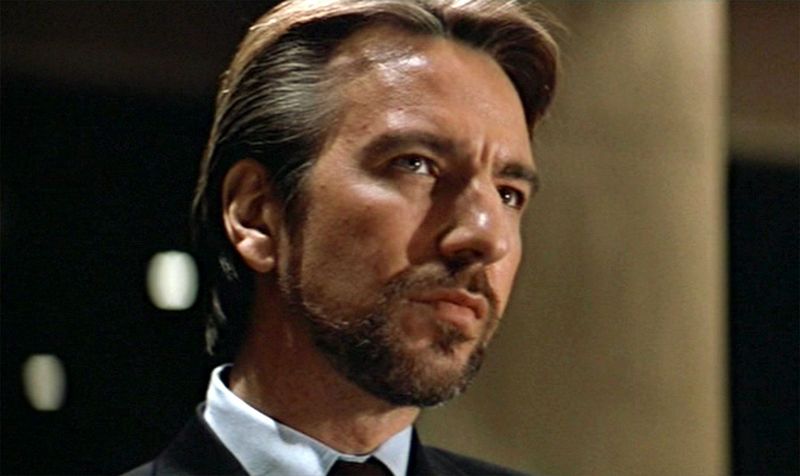
Hans Gruber, the epitome of charm and villainy, was a man with a plan—a heist plan. Sure, he took hostages, but it was all part of his grand scheme to rob the Nakatomi Corporation, which might not have been entirely innocent themselves.
He wasn’t your typical terrorist; he was a businessman with flair, orchestrating a meticulously planned operation. In a world of corporate greed, who’s to say Hans wasn’t playing by some twisted rules?
While his methods were questionable, his audacious approach and cunning mind made him an unforgettable villain. Next time you watch ‘Die Hard,’ remember that Hans was just trying to conduct business—albeit in a rather explosive manner.
4. Johnny Lawrence – The Karate Kid (1984)

Johnny Lawrence wasn’t just a bully; he was a teenager fighting to maintain his status as the top Cobra Kai student. Enter Daniel, the new kid who swoops in, takes his girl, and illegally crane-kicks him in the face. Naturally, Johnny was mad.
In the complex world of high school, territory and reputation are everything. Johnny was merely defending his turf, and his frustration was understandable—if only he had a wise mentor like Mr. Miyagi.
So was Johnny the villain, or just a kid caught in the whirlwind of teenage angst and rivalry? Before you judge, consider that he was just trying to navigate the challenges of youth in his own misguided way.
5. Skeletor – Masters of the Universe (1987)
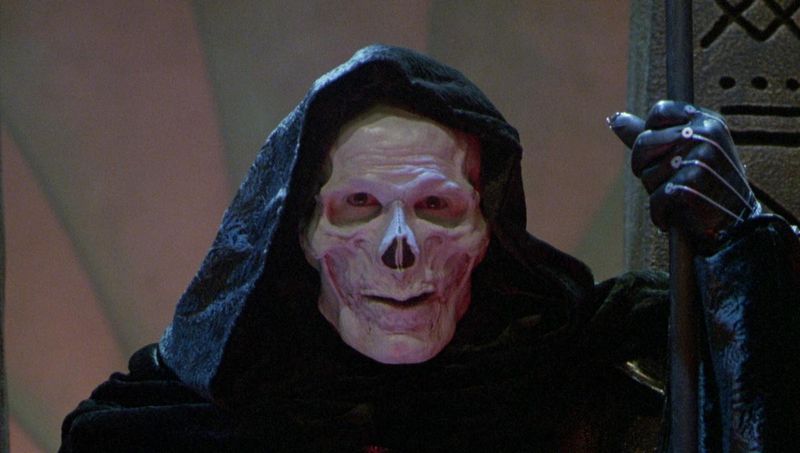
Skeletor, with his iconic skull face, had a vision for Eternia—a vision that involved efficient rule and a throne room to die for. While He-Man swung his sword around, Skeletor sought control and order.
Eternia was in chaos, and Skeletor’s ambition to rule was driven by a desire for stability. His methods were questionable, yet his goals were unmistakably clear: bring order to a lawless land.
He wasn’t just a villain; he was a leader with a plan. And while he might have been a bit bone-headed, his pursuit of power had a twisted kind of logic to it. Perhaps, in some alternate universe, Skeletor’s reign would have made Eternia great again.
6. Biff Tannen – Back to the Future (1985)
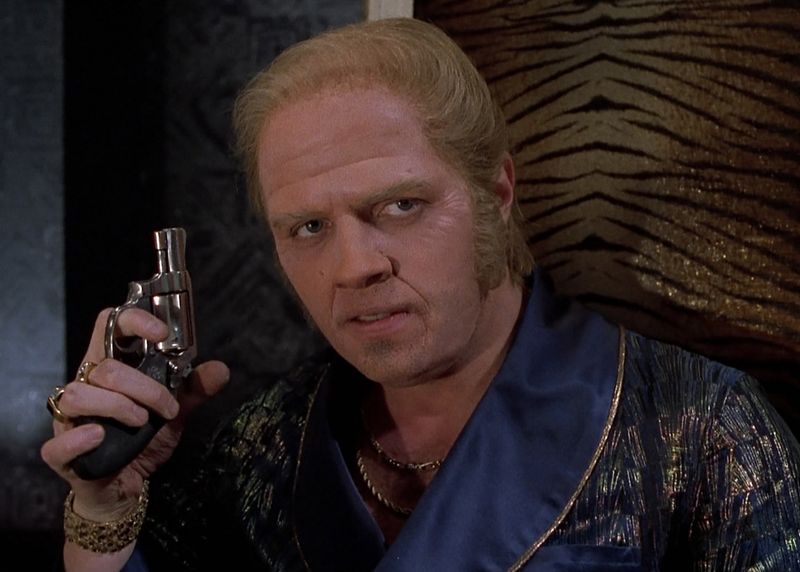
Biff Tannen, the quintessential bully of Hill Valley, was more than just a tough guy with a bad haircut. When he got his hands on a sports almanac from the future, he saw an opportunity to make his life better.
Sure, young Biff was a jerk, but older Biff was just using time travel to get rich—something many would jump at given the chance. If Marty had found that almanac first, would he have acted differently?
In the game of life, Biff was simply trying to gain an edge. His actions, though selfish, were a reflection of human nature’s desire for wealth and success. Maybe he wasn’t a villain at all, but just a guy with big dreams and a time machine.
7. Judge Doom – Who Framed Roger Rabbit (1988)
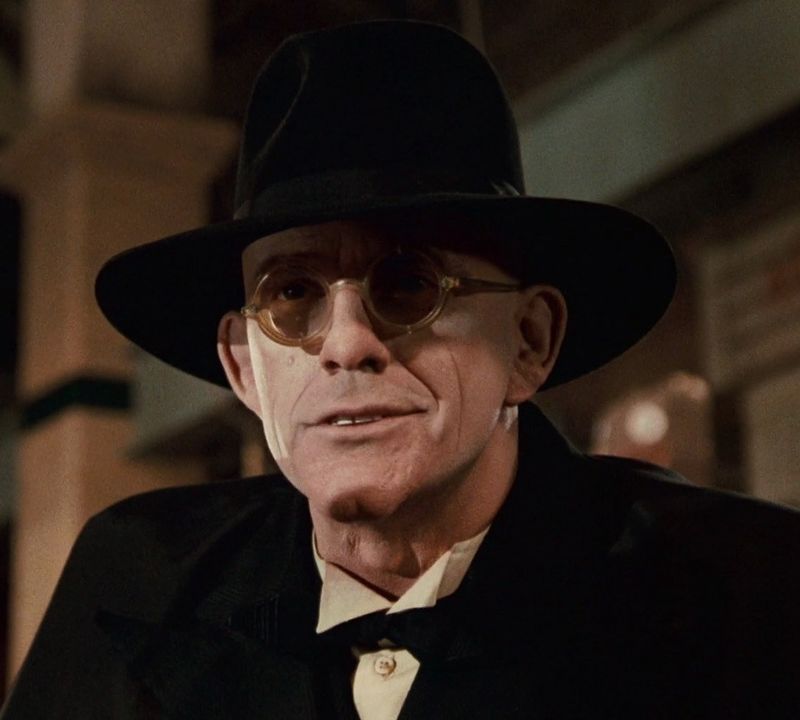
Judge Doom, with his menacing demeanor, had an unconventional vision: build freeways. While his methods of eradicating Toons were dark, his goal addressed a real-world issue—traffic congestion.
In a city where Toons caused chaos, Doom’s plan was to bring structure and order. Though his approach was extreme, his underlying motive had a practical aspect.
Perhaps, in a world filled with whimsical unpredictability, Judge Doom’s structured vision could be seen as a twisted form of urban planning. He was not just a villain but an innovator with an over-the-top execution.
8. Ed Rooney – Ferris Bueller’s Day Off (1986)
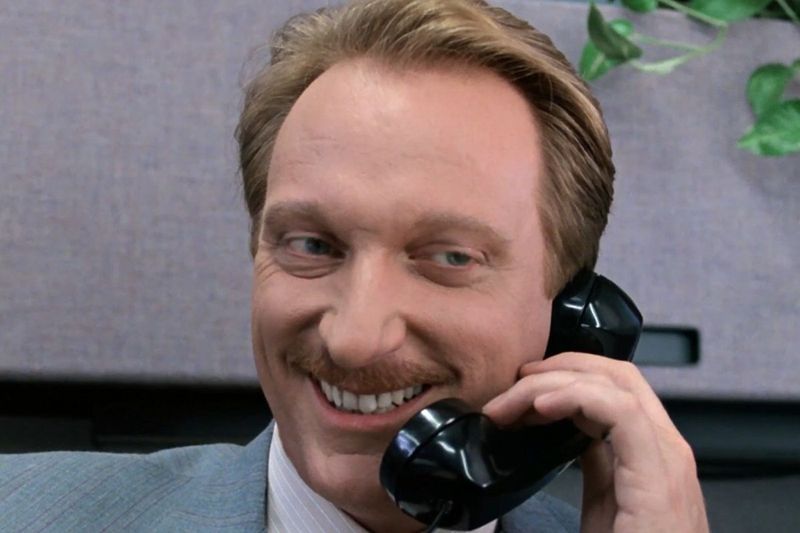
Ed Rooney, the beleaguered principal, wasn’t just a stickler for rules; he was a man on a mission to catch the elusive Ferris Bueller. Ferris, the master of truancy, was a constant thorn in Rooney’s side.
Rooney’s pursuit was about maintaining order in his school—something that was constantly disrupted by Ferris’s antics. Yes, Rooney was a bit obsessive, but his intentions were to uphold the rules.
In a world where rule-breakers often get a pass, Rooney’s attempts to catch Ferris were about enforcing accountability. He might have been overzealous, but he was just doing his job, trying to bring a semblance of order to a chaotic school.
9. The Goblin King – Labyrinth (1986)
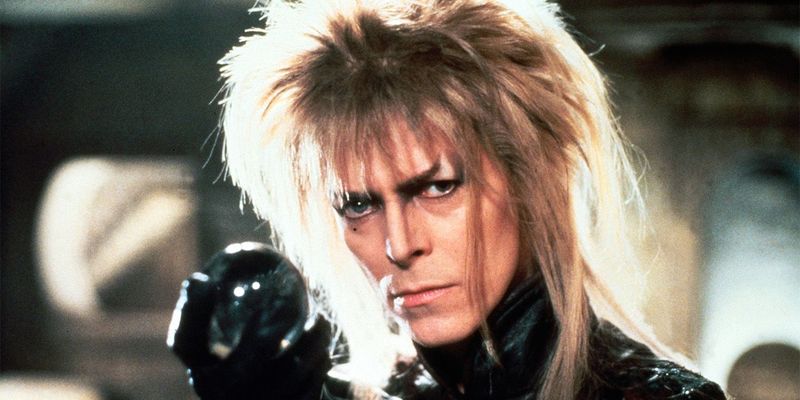
The Goblin King, played by the incomparable David Bowie, wasn’t your typical villain; he was a ruler of a mystical realm who gave Sarah 13 hours to solve a labyrinth. Sarah’s task was straightforward, yet she made it harder than it needed to be.
The King offered her a chance to embrace a magical world, ruling alongside him. With his glittery kingdom and enigmatic charm, was he really that bad?
In the end, the Goblin King was more of a misunderstood character, offering Sarah a choice—stay and rule, or go back to reality. He wasn’t evil; he just had a vision for his kingdom that included a partner in magic.
10. Ivan Drago – Rocky IV (1985)
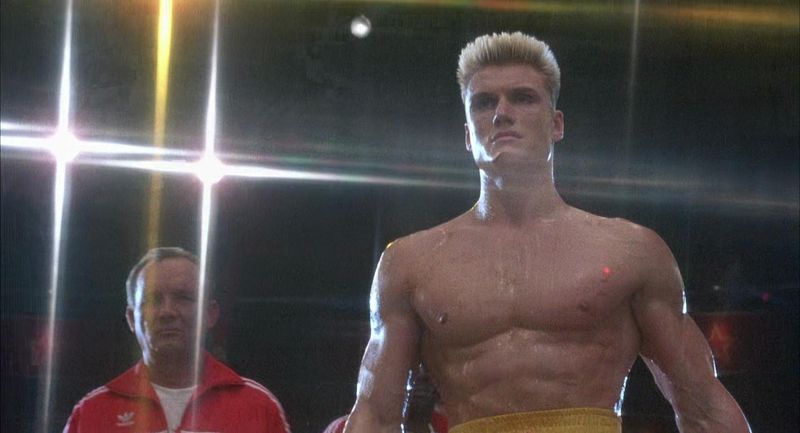
Ivan Drago was not just a Soviet machine; he was a man molded by his country’s ideals. His cold demeanor and brutal fighting style were a product of intense training and propaganda.
Despite his seemingly villainous role, Drago was a symbol of the pressures of national pride and expectation. After Rocky’s relentless punches, Drago began to question his own allegiance and identity.
His journey from a tool of the state to an individual seeking personal freedom was a testament to human growth. Drago wasn’t just a villain; he was a victim of circumstance, striving for something beyond the ring.
11. The Nothing – The NeverEnding Story (1984)

The Nothing, a void consuming Fantasia, was not a villain in the traditional sense; it was a metaphor for apathy and the loss of imagination. Its presence was a reminder of what happens when creativity is abandoned.
Rather than an evil force, The Nothing was the manifestation of a world losing its dreams. It wasn’t about destruction, but about the fading of wonder and creativity.
In the end, The Nothing wasn’t the enemy; it was a call to action for everyone to keep dreaming and imagining. Without dreams, the world becomes a barren place, and that’s the real tragedy behind The Nothing.
12. Evil Ed – Fright Night (1985)
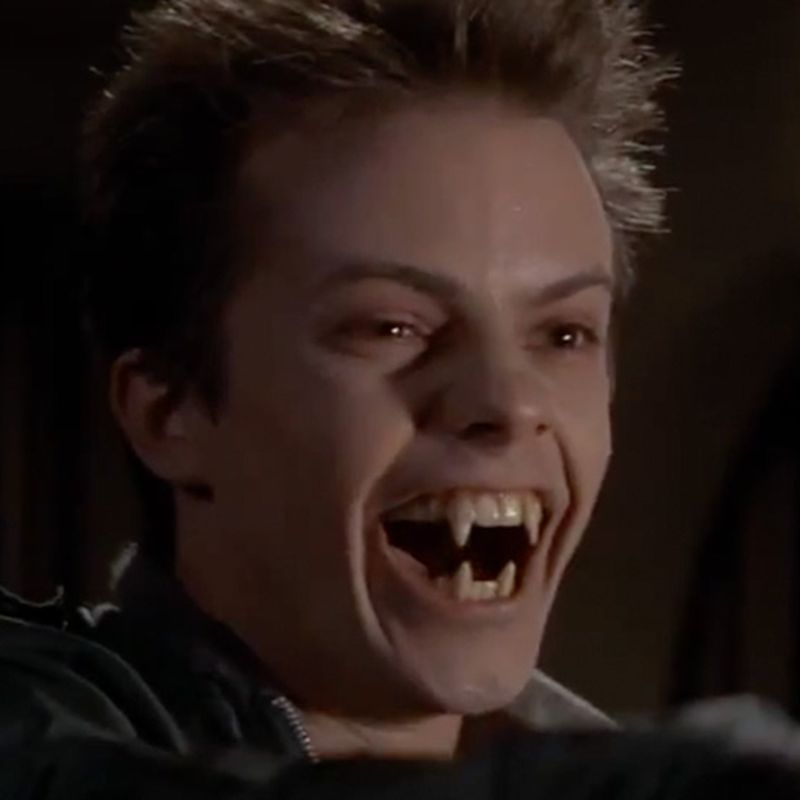
Evil Ed, once a bullied outcast, found empowerment as a vampire. His transformation from a picked-on teen to a creature of the night was a drastic change, but one that gave him the power he lacked.
He was driven by a desire to escape his mundane reality and find strength in his new identity. Can you really blame him for taking the offer when it meant an end to his suffering?
Ed’s journey was about finding acceptance and power in a world that rejected him. He wasn’t just a villain; he was a young man seeking belonging in the only way he knew how.
13. Principal Vernon – The Breakfast Club (1985)

Principal Vernon was not just a disciplinarian; he was a man trying to manage a group of rebellious teens. The Breakfast Club was full of troublemakers, and Vernon’s role was to enforce some semblance of order.
His methods were strict, but his intentions were to guide these students toward a path of respect and responsibility. In a world of teenage chaos, Vernon was simply trying to do his job.
Though seen as the antagonist, Vernon’s struggle to maintain control was a reflection of the challenges educators face. He wasn’t evil; he was just enforcing the rules, hoping to make a difference in these kids’ lives.
14. The Kurgan – Highlander (1986)
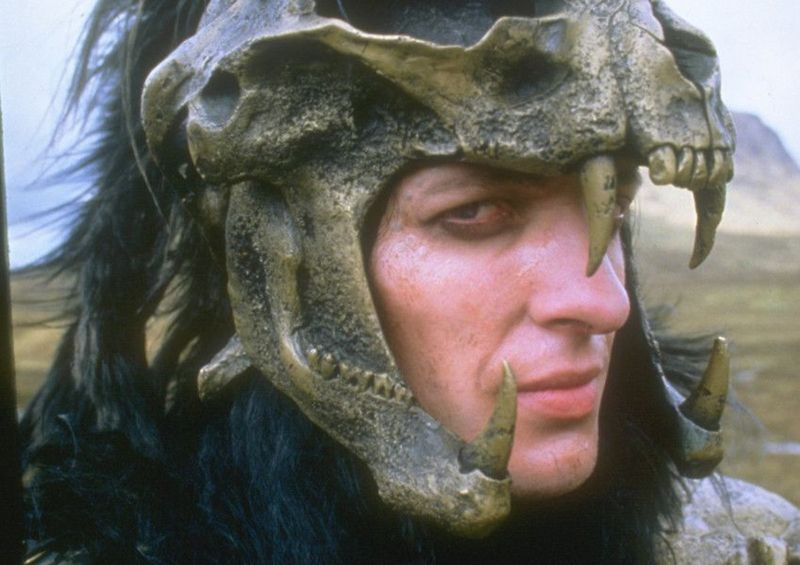
The Kurgan was not just a ruthless immortal; he was a competitor in the ultimate game of survival. ‘There can be only one’ was the mantra, and The Kurgan played it with unparalleled ferocity.
His drive was not about evil, but about being the last one standing. In a world where survival was the ultimate goal, The Kurgan’s actions were simply part of the game.
He was a warrior through and through, and his story was about the instinct to endure. The Kurgan was not just a villain; he was a testament to the lengths one would go to survive.
15. Cameron’s Dad – Ferris Bueller’s Day Off (1986)

Cameron’s Dad, though unseen, was a man who worked hard for his prized possessions. When Ferris trashed his beloved car, it was more than just a joyride gone wrong—it was a symbol of disrespect.
Cameron’s fear of his father was rooted in the expectation and pressure to maintain perfection. Yet, perhaps if there had been communication instead of silence, things might have been different.
In the world of Ferris Bueller, Cameron’s Dad was not the villain, but a father trying to share his achievements with his son. His story was about the importance of dialogue and understanding, not just possessions.
